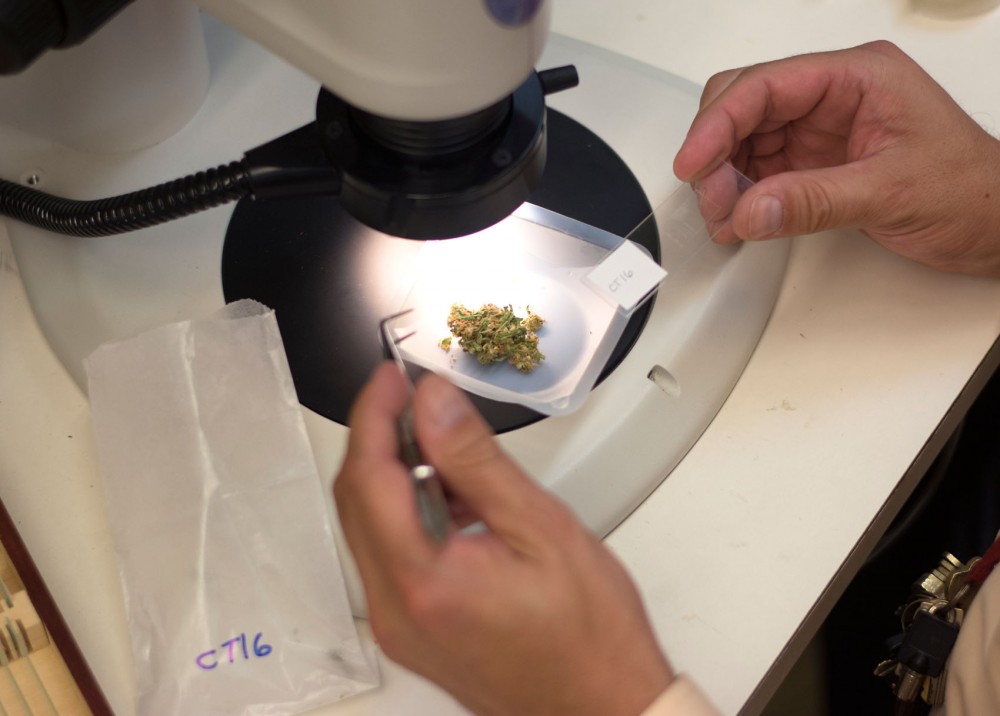Twelve years of University of Minnesota plant biologist George WeiblenâÄôs research culminated in the discovery of a single gene that differentiates the genetic makeups of marijuana and hemp âÄî a discovery that could lead to a reassessment of hempâÄôs legality and might allow for its commercial cultivation. The July 17 study found tetrahydrocannabinol levels vary dramatically between the two plant species. THC is predominantly found in marijuana, while hemp produces cannabidiol, more commonly referred to as CBD, which is mostly non-euphoric. âÄúIn Canada and Europe, by law, a distinction between hemp and marijuana is recognized that enables farmers to grow industrial hemp and market it as long as it has a very low THC content which is less than three tenths of one percent,âÄù Weiblen said. Hemp is a source of nutritious seeds, fiber and omega-3 fatty acids and is an alternative ingredient to toxic chemicals in body care products. Weiblen said the plant is also used for fabric and rope production and requires less pesticides than cotton. WeiblenâÄôs lab is among a few in the country that have federal clearance to study cannabis. His lab imports hemp seeds from Canada and marijuana from the Netherlands. The Agricultural Act of 2014 allows state agriculture departments or universities to grow industrial hemp if the state has legalized hemp production or if the plant would be used for research. âÄúWeâÄôre hoping that the pilot program allows us to see where there is benefit and where there could be issues,âÄù said Anthony Cortilet, a research scientist in the Minnesota Department of Agriculture. Cortilet said the pilot program will help to develop markets for hemp and possibly lead to manufacturing hemp products. The market for hemp products is growing, reaching $620 million in sales in 2014, according to the Hemp Industries Association. Despite promising numbers, the plant remains controversial because itâÄôs poorly understood scientifically and draws negative attention from the public, Weiblen said. âÄúThe possibility that industrial hemp could be used to disguise illegal marijuana production is a big concern because the plants belong to the same species and they look very similar and are best distinguished on a chemical test,âÄù he said. Marijuana is illegal in most areas, Cortilet said, so police concerns are legitimate when it comes to hemp. But University police Deputy Chief Chuck Miner said his department has not dealt with any hemp-related cases. Moreover, if in the future it is unable to distinguish between the two plants, labs will determine the THC levels to distinguish between the two plants. âÄúI hope hemp can recapture some of the public attention of the future because there is a lot more to cannabis than the drug,âÄù Weiblen said.
Project may back hemp use

Image by Alex Tuthill-Preus
Dr. George Weiblen transfers samples of cannabis flowers to slides for future study in his lab on Friday, July 17. Weiblen recently published a study exhibiting the discovery of a single gene distinguishing hemp from marijuana, which could help lift narcotics regulations currently imposed on hemp producers.
by Sarah Thamer
Published July 22, 2015
0

